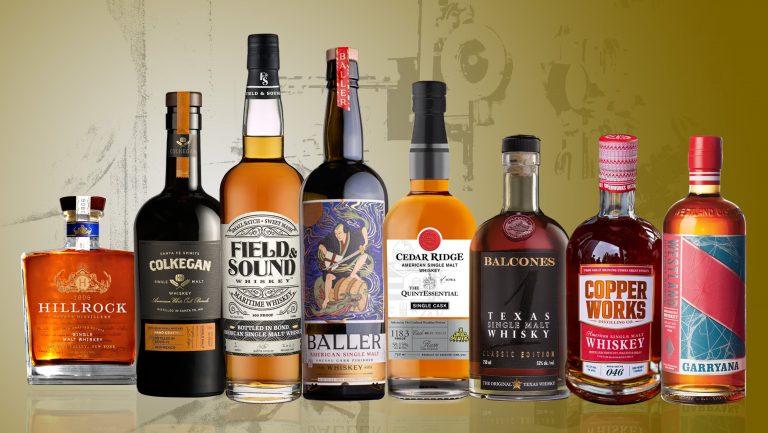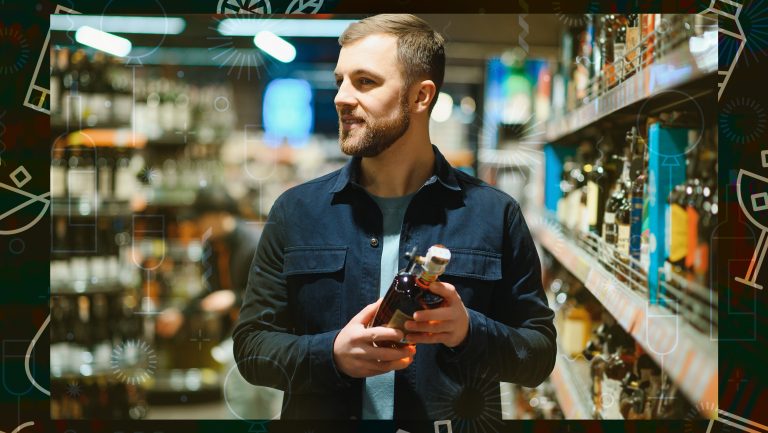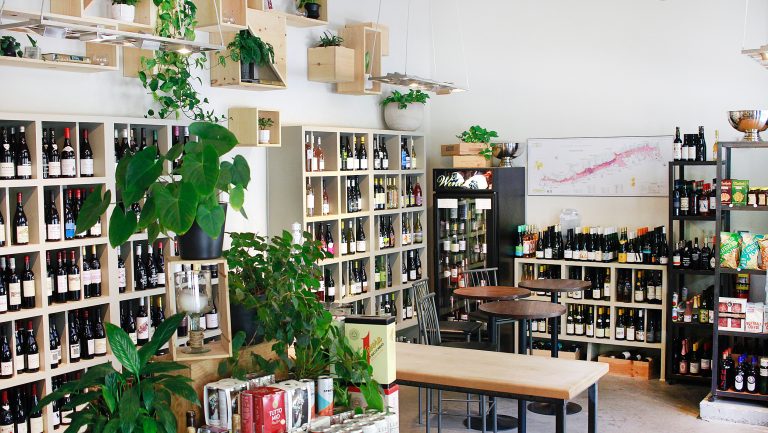Wine and spirits gift packs have long been fixtures on retail shelves during the holiday season and demand for these products remains solid among retailers and consumers. However, like nearly every aspect of the beverage alcohol business, value-added packaging (VAP) has not escaped the pandemic’s lingering impacts or the global demand for companies to take environmental action.
Last year, supply chain issues led some producers to scale back their gift packaging offerings, and many drinks brands sought out more sustainable options as consumers prioritized not only their own preferences, but also the health of the planet. In April, Diageo announced plans to phase out cardboard gift boxes as part of its “zero-waste to landfill” campaign—one of several companies to make similar pledges.
So what can retailers expect for the 2022 holiday season? SevenFifty Daily spoke to brand representatives, retailers, and suppliers to glean insights on VAP demand, availability, and trends going forward.

Don’t miss the latest drinks industry news and insights. Sign up for our award-winning newsletters and get insider intel, resources, and trends delivered to your inbox every week.
Changing Consumer Demand for VAP
Between 2016 and 2021, global demand for gift packaging grew at a consumer annual growth rate of 3.3 percent, according to Future Market Insights—and it is set to keep growing, with North America expected to accumulate 25 percent of the forecasted $24,031.5 million revenue in 2022.
Retailers like Gary Fisch, the founder and CEO at New Jersey-based Gary’s Wine & Marketplace, have experienced this first hand; for Fisch, VAP demand has held steady over the years, with an annual surge in the week leading up to Christmas.
“Consumer demand varies among income segments,” he notes. “Lower-income markets still see value with a glass set or mini-neckers [50-milliliter bottles included with a standard bottle]. The upper-income market is looking for collector bottles and is willing to pay more for them.”
The most popular VAPs over the years, he says, have been logo cocktail glass sets in various forms, along with packs that include non-alcoholic mixers and mini bottles. Advent calendars and limited-edition bottlings also tend to pique consumer interest around the holidays.
What Fisch is seeing less of these days, however, is standard-size gift boxes. “The gift box for 750-milliliter wines seems to be going away,” he says. “However, Grey Goose 750-milliliter gift tins continue to be popular as they are easy to wrap and transport.”
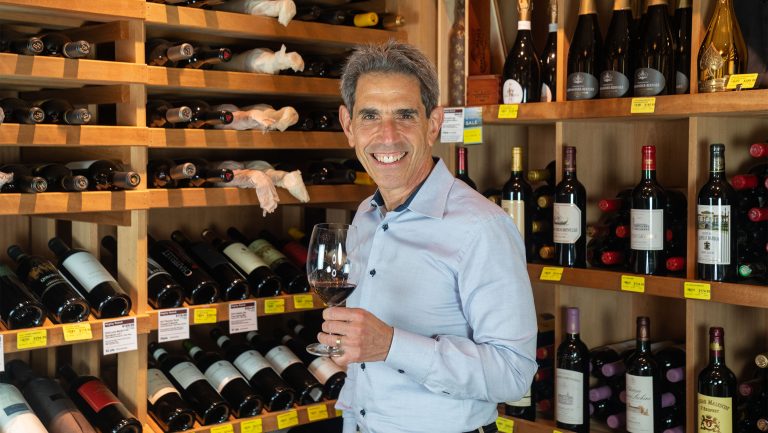
Last year, supply chain snags made many imported products—especially Champagne and Sancerre— hard to come by, which led to gift packaging taking a back seat to the availability of the product itself. “We had many requests for gift boxes before the pandemic, but now I think retailers want to put the priority on the wines,” says Rossella Dacomo, the director of marketing operations at Maisons Marques & Domaines USA (MMD) in Oakland, California, which imports wines from Champagne Louis Roederer.
Due to shipping delays in transporting wine from France to the U.S., MMD opted to ship Roederer Champagnes without gift boxes for the 2021 holiday season. “It’s a little bit more time consuming to prepack [wines in VAP],” says Dacomo, “so we made the decision to just ship the wine.” For the 2022 holiday season, however, Louis Roederer and Collection 242 wines will be offered in gift boxes again.
Packaging Suppliers Hit By Hold Ups
Ongoing shipping delays, coupled with inflation and higher prices, have forced packaging suppliers, such as Imprezziv in Oakland, California, to temper customer expectations. For retailers, this may mean fewer VAP options this holiday season.
Rick Thng, the principal and sales manager at Imprezziv, notes that many boutique producers can no longer afford to purchase VAP in order sizes under 1,000 units. “There will always be demand for gift packaging, but there are a lot of small wineries that don’t have the volume,” he says. “We wouldn’t accept any orders less than 500 because it’s just not cost effective.”
Rising gas prices have also pushed costs up for the past two years, he adds, not only for international freight, but also for local deliveries. Thng estimates that international freight costs for the company’s VAP offerings, which are manufactured overseas, have spiked an average of 100 percent to 150 percent from pre-pandemic levels. For local freight, costs have increased 75 percent to 100 percent, he says.
“It used to cost an average of $4,000 to $5,000 per container,” he says. “Last year, it went all the way to $20,000.” While international freight costs have dropped back down since then, domestic prices remain high.
“In the U.S. market there’s a shortage of labor, a shortage of drivers, a shortage of everything,” says Thng. “That local freight not only affects importers; it also affects local manufacturers that produce gift packaging.”

Because Imprezziv does such a large volume, he adds, the company has been able to minimize price increases for its winery customers and reports gift packaging demand has been solid for the 2022 holiday season. The challenge, says Thng, is that the turnaround time for projects is much longer now.
“In the past we could do a project in three months and get the product here by October for holiday fulfillment,” he says. “Now we’re looking at five to six months.” Some clients were caught off guard this year and have had to postpone their orders until the 2023 holiday season.
“Part of the problem is that the supply chain for international shipping can be affected by anything,” says Thng. “Not only what’s going on in China or Vietnam, but when the ships come here. There was a strike at the Port of Oakland [in July 2022] where the truck drivers had a blockade for about a week and the port has not yet gone back to a normal schedule. We’re still experiencing two- to three-week delays, even though the ship arrived here six weeks ago.”
Trends in Form and Function
When it comes to VAP designs, Thng has seen a trend toward eye-catching concepts as products compete for attention in the retail space. “Gift packaging is getting more and more creative,” he says. “It’s not so much about the graphics; it’s shapes and forms.”
For example, instead of going with standard boxes, producers are asking for oval-shaped or even pyramid designs. “With a rectangular-shaped box, you can decorate it any way you want, but after a while, it’s just a box,” he says. “People are looking for shapes and forms that wow the customer.”
Misty Roudebush Cain, the vice president of direct to consumer and hospitality at Cakebread Cellars in Napa Valley, says she has noticed an increase in “connected” gift packaging—particularly among Champagne producers.
“I love the specialty neoprene sleeves,” she says. “When you unzip, unsnap, or slide the wine out of the sleeve, a QR code is almost always present so you can continue learning about the wine and the history of the house that produced it.”
Shifting Toward Sustainability
Perhaps the biggest shift in gift packaging is toward environmental accountability. Diageo plans to discontinue its use of 183 million cardboard gift boxes worldwide for its premium Scotch portfolio. If all goes well, the global drinks company will expand the program to more Diageo brands in 2023.
In a statement, Diageo chief sustainability officer Ewan Andrew called the waste generated by gift packaging an unnecessary burden on the planet. “We believe that the liquid in our premium Scotch products is the gift,” he said. “They do not always need cardboard gift boxes to enhance this.”
Going a step further, Champagne Telmont eliminated all gift packaging from their bottles as of June 2021, as part of their broader sustainability efforts. This holiday season, they’re calling their Réserve Brut the No Gift Box Unlimited Edition.
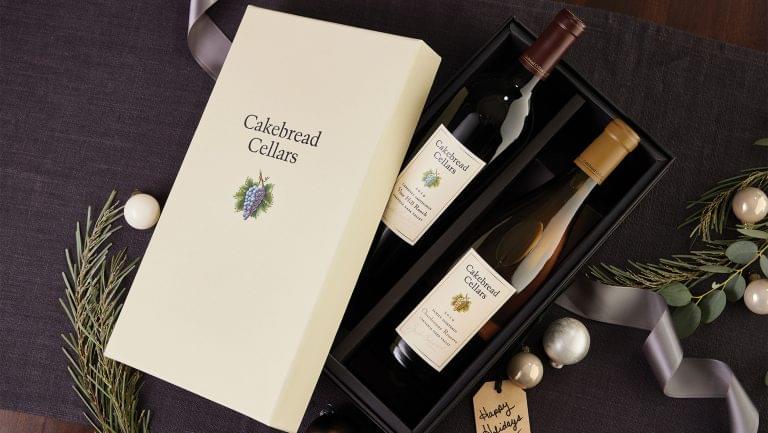
Stopping short of eliminating VAP, other drinks companies are switching to more eco-friendly materials and creating reusable packaging. For example, all of the cardboard for Louis Roederer’s gift packaging is certified sustainable and fully recyclable.
Thng confirms that demand for sustainable VAP has been rising over the last five years and adds that eco-friendly materials have expanded far beyond brown kraft paper to include high-end white papers, coated papers, and compostable options that mimic the look of plastic. The problem, he says, is that waste management companies in many regions don’t yet know how to identify this kind of packaging.
“What they do is throw it into regular waste rather than recycled waste,” he says. “A lot of materials right now are made from bamboo and resources that can be recycled, but a lot of people don’t understand it.”
Another issue is cost. When Imprezziv first began offering high-end sustainable packaging five years ago, customers balked at the prices. Though costs eventually came down, they have increased again over the past year due to high demand and low availability from supply chain challenges. “Costs for all materials, including brown kraft paper, are higher now than pre-pandemic levels,” he says, “so that’s a challenge.”
But for wineries that have the resources to pay the premium, sustainable gift packaging remains a priority. “Ensuring a high content of post-consumer waste in the materials used to create VAP is important,” says Cain, who notes that Cakebread’s 2022 holiday gift boxes are either recyclable or reusable. “It is not always the easy solution and sometimes comes at a higher cost, yet it is what’s right for the environment.”

Dispatch
Sign up for our award-winning newsletter
Don’t miss the latest drinks industry news and insights—delivered to your inbox every week.
Tina Caputo is a writer based in Northern California who covers wine, beer, food, and travel. She was formerly the editor in chief of Vineyard & Winery Management magazine, and her work has appeared in Wine Enthusiast, Visit California, Sonoma magazine, the San Francisco Chronicle, and many other publications. She also produces the podcast Winemakers Drinking Beer.




